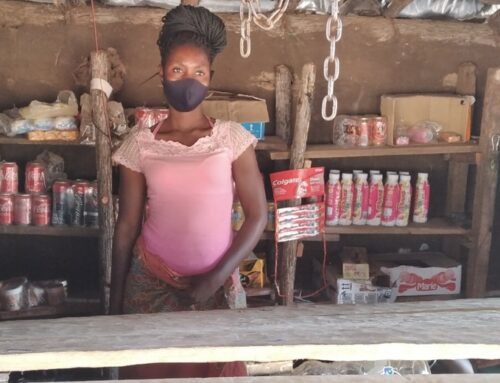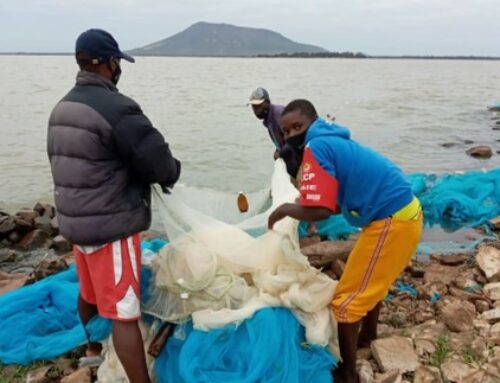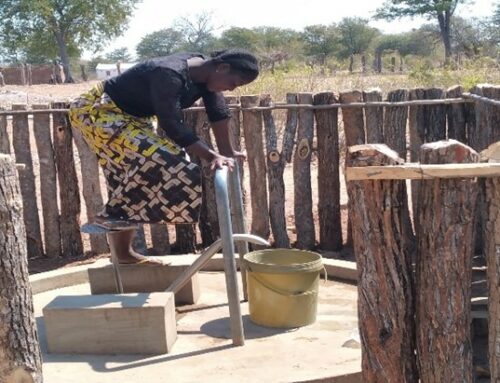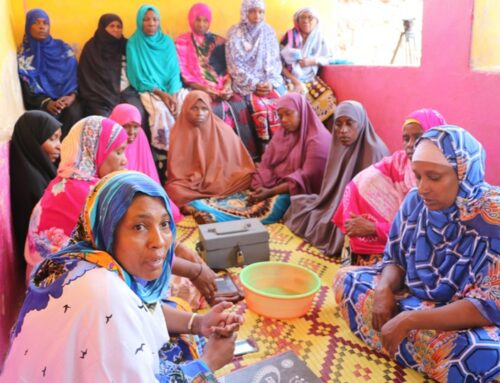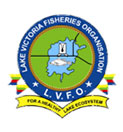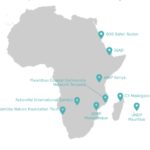Mauritius and Rodrigues have respectively 1,900 and 1,100 artisanal fishermen. In recent decades, these traditional lagoon fishers have faced great challenges, including the steady decline of marine and coastal ecosystems. To earn a living, some artisanal fishers now venture out of the lagoon where they can explore waters high in fish resources, but riskier too. These men and women, embarked on frail canoes miles from the shore, are the future of artisanal fishing in the Republic of Mauritius. It is therefore crucial that they receive the necessary support to take this new step in the best possible conditions.
The paradox of fishing in Mauritius
Artisanal fishing is part of the traditions and culture of the Republic of Mauritius. It also contributes to the economy of coastal villages and the food security of the entire population. Unlike semi-industrial fishing, which is flourishing on the banks of Nazareth or St-Brandon, artisanal fishing near the Mauritian and Rodriguan coasts is declining. As proof, a paradox: artisanal fishermen are the main suppliers of fresh fish to the local market, but at the same time, constitute the most deprived economic group of the island.
With catches having decreased by about 35% between 2011 and 2017, the fishing community in the Republic of Mauritius is increasingly dependent on “bad weather” allowances. According to a 2011 European Union study, the income of fishermen, including all allowances and benefits, is estimated at around USD 140 (MUR 6,010) monthly, while the average salary of the population is estimated at around USD 650 (MUR 27, 904).
Impacted by the decline of lagoon biodiversity and the decree of new “marine protected areas”, artisanal fishermen have also been prevented from fishing by two lockdowns related to COVID-19 and the MV Wakashio incident in 2020. Today, to stay afloat, they need a new approach focused on innovation, sustainability, and the added value of fishery products.
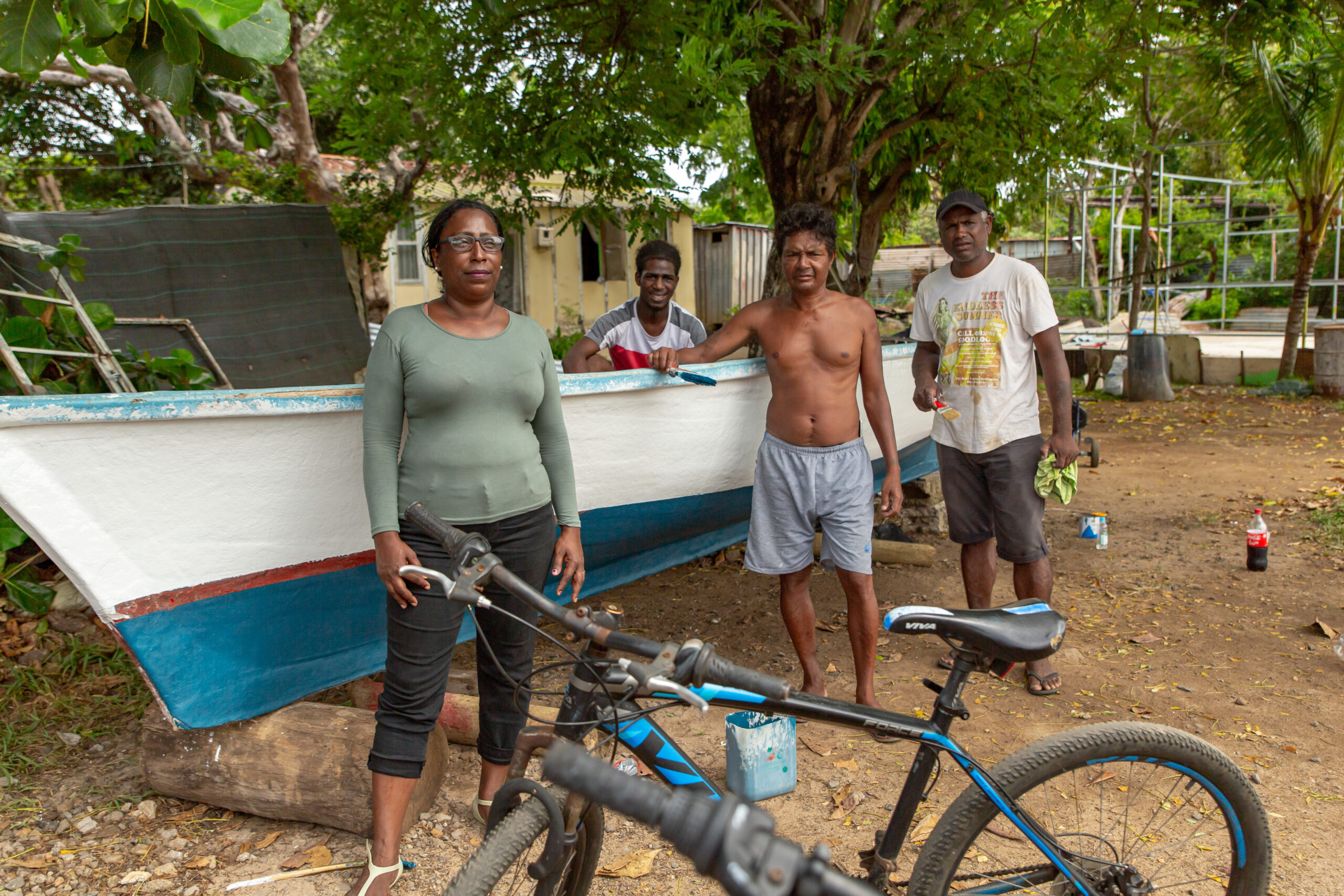
Getting artisanal fishing out of the rut
The limitations of lagoon fishing have highlighted the need to get artisanal fishing out of the rut. In order to alleviate the pressures on coastal biodiversity, the authorities have put emphasis on reorienting fishers’ activities towards the high sea. The “Canotte” program, which aims to facilitate the purchase of fishing boats and accessories adapted to deep-sea fishing, is part of this initiative. Fish Aggregating Devices (FADs) – commonly referred to as “rafts” – have also been placed in 28 strategic locations to attract pelagic fish species and create new off-lagoon fishing areas.
However, so far, the “rafts” have not provided the results expected by artisanal fishers. This is partly explained by the high number of unregistered artisanal fishers not having access to suitable equipment for deep-sea fishing. In addition, many artisanal fishers deplore the unfair competition of amateur fishermen around FADs and the presence of foreign fishing boats near the Mauritian coast. Finally, for fishers who still use landmarks to navigate, venturing around the “rafts” remains risky, both in terms of safety, and economically.
Despite problems that need to be solved, fishing on the high seas provides very good reasons for hope. With the ability to access new navigation technologies and more adequate fishing equipment, fishing outside the lagoon is probably safer and more viable than in the past.
Supporting the economic empowerment of the artisanal fishing community of the Republic of Mauritius
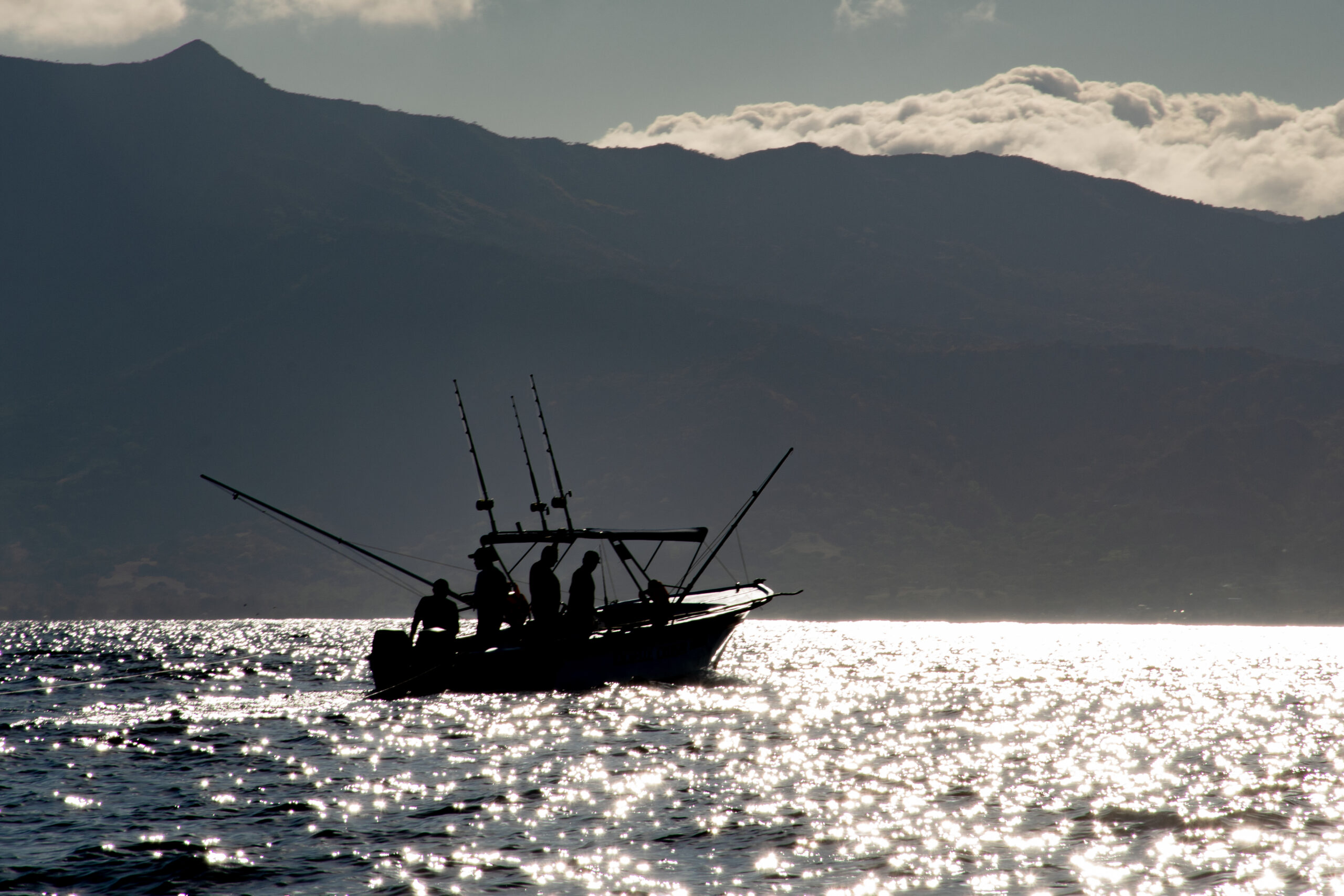 In order to safeguard the heritage and culture of artisanal fishers in Mauritius and Rodrigues, UNDP has started the implementation of the project “Supporting the Economic Empowerment of the Artisanal Fishing Community of the Republic of Mauritius”, within the framework of the Ecofish interregional programme. This project, funded by the European Union, aims to provide artisanal fishers with the necessary resources to explore new fishing areas outside the lagoon. To ensure the support of members of the fishing community, the project team opted for a participatory approach, allowing beneficiaries to be involved in the implementation of the project which will be spread over a period of 3 years.
In order to safeguard the heritage and culture of artisanal fishers in Mauritius and Rodrigues, UNDP has started the implementation of the project “Supporting the Economic Empowerment of the Artisanal Fishing Community of the Republic of Mauritius”, within the framework of the Ecofish interregional programme. This project, funded by the European Union, aims to provide artisanal fishers with the necessary resources to explore new fishing areas outside the lagoon. To ensure the support of members of the fishing community, the project team opted for a participatory approach, allowing beneficiaries to be involved in the implementation of the project which will be spread over a period of 3 years.
During meetings held in October and November 2021, the UNDP project team and artisanal fishermen were able to discuss topics related to artisanal fishing on the high seas. It showed that changing weather conditions due to climate change, lack of maintenance of FADs and illegal fishing represent real threats to artisanal fishermen. In response to these problems, the E€OFISH program will collaborate with the Ministry of Blue Economy, Marine Resources, Fisheries and Shipping to provide fishers with FADs equipped with satellite GPS buoys. In addition, a mobile application allowing fishermen to locate the FADs will be developed, and training in the use of GPS technologies will be provided to fishermen from 2022. The project will also contribute to the improvement of fish landing stations and provide training to optimise the added value of fishery products by 2024. The role of young people and women is not to be neglected in this project, whose success will depend largely on the capacity of the artisanal fishing community to reinvent itself.
It is probably impossible to prevent all the risks associated with artisanal fishing on the high seas. However, the hope remains that this type of traditional fishery will be able to adapt to a new course, as real opportunities now exist for a safer and more sustainable exploitation of the deep-sea fishery resources of Mauritius and Rodrigues.


